We are committed to food packaging PVC cling film, PE cling film,stretch wrap, aluminum foil and other disposal food packing film/foil.

Language
>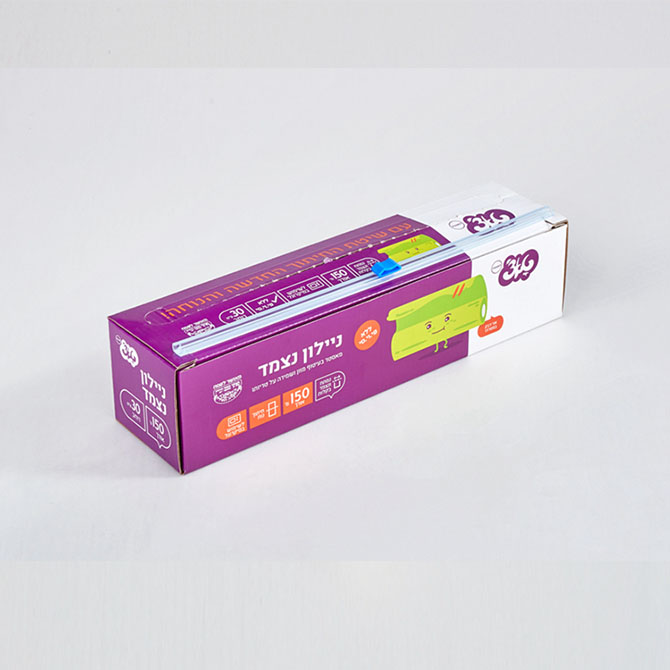

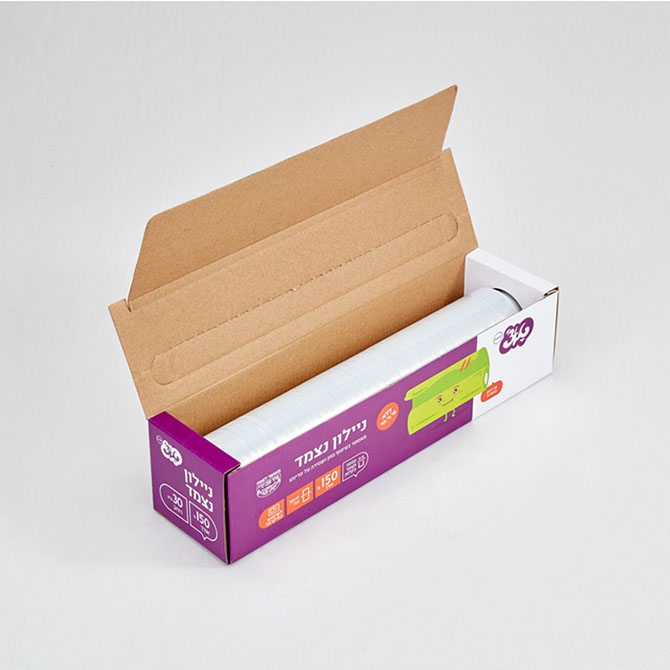
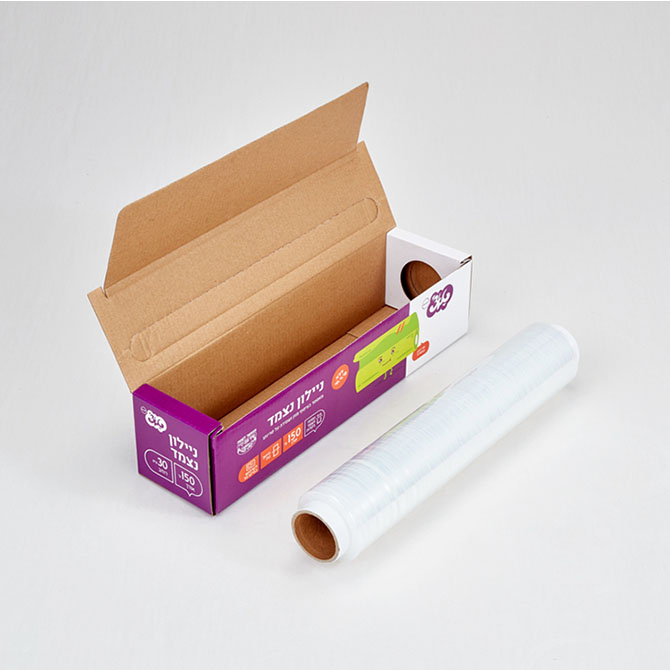
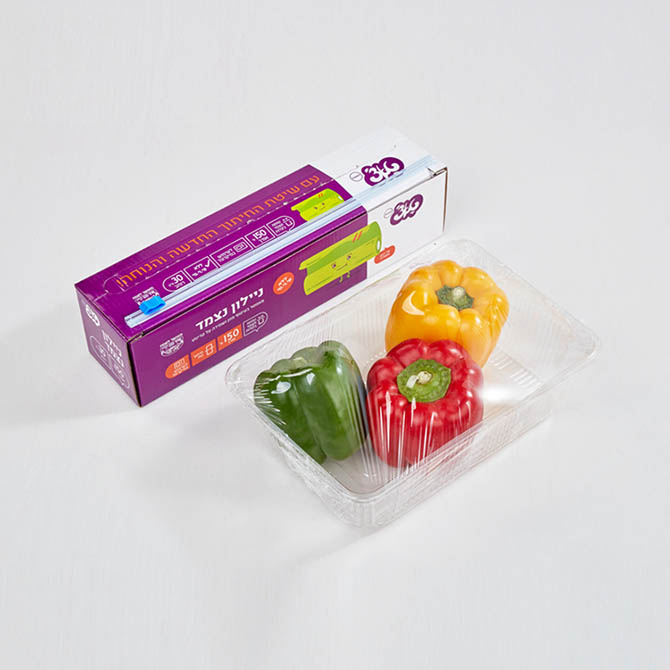
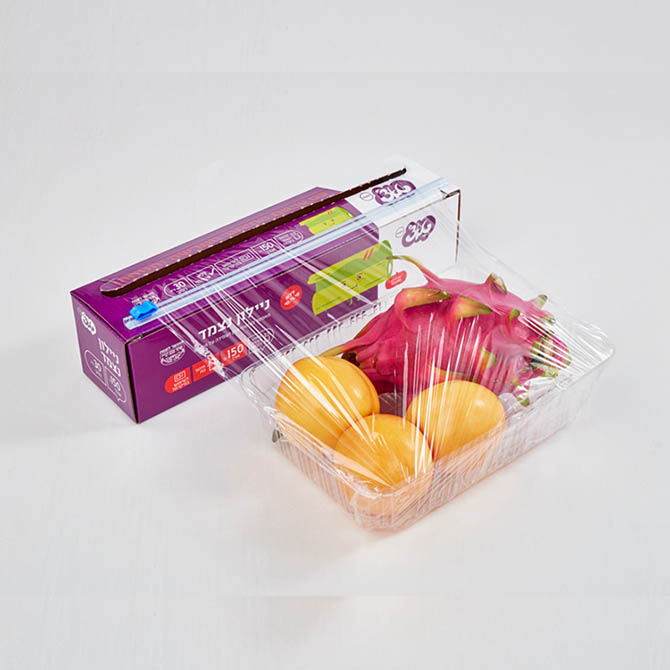
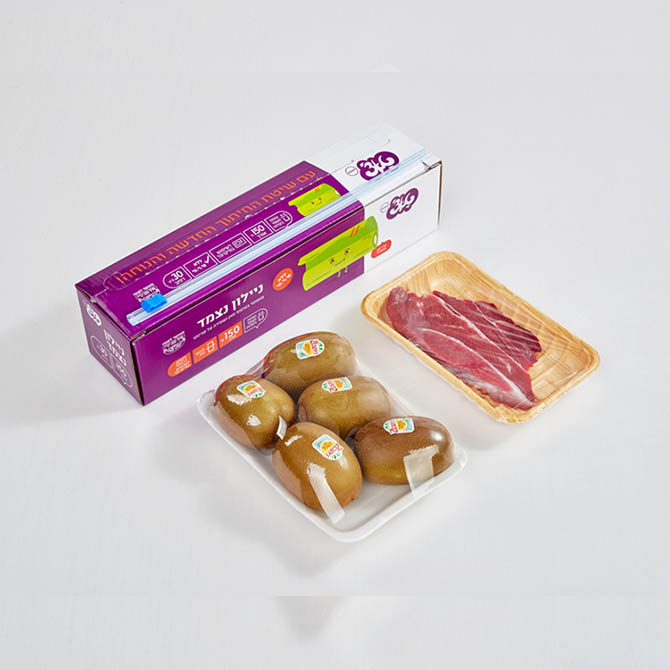
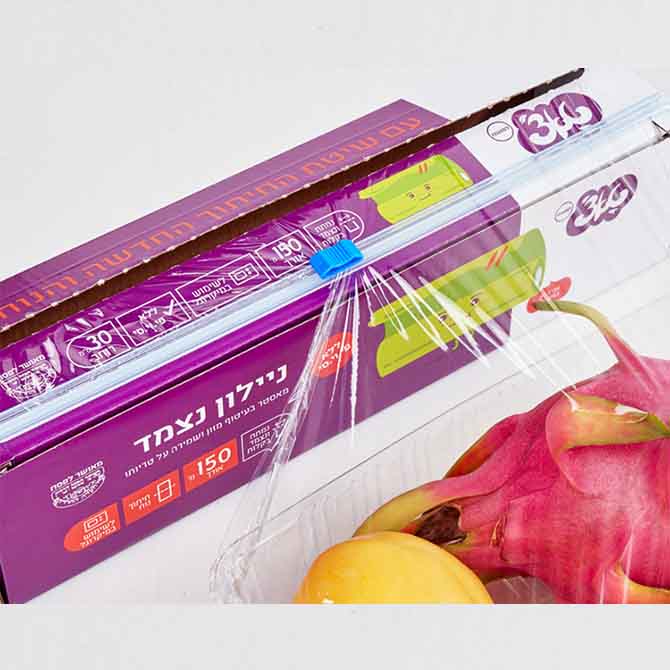

What is Polyethylene Food Wrap?
Polyethylene Food Wrap usually refers to a polyethylene film with food preservation function. It is a packaging material specially used to cover and preserve food. Its packaging design includes colorful boxes. This form of packaging usually pays more attention to appearance and convenience, making the product more attractive to consumers.
Packaging Color Box: This polyethylene food wrap packaging comes in a colorful box that may have various attractive designs, patterns or labels. Such designs help increase the product's market appeal and make it more visible on store shelves.
User-friendliness: The design of color box packaging often includes easy-to-use features, such as built-in cutters or stretchers, making it easier for consumers to use and store.
Product information: The color box may contain product information about Polyethylene Food Wrap, such as instructions for use, material composition, size specifications, etc., so that consumers can understand the product characteristics.
| Product Attributes | |||
| Material | PE | Type | Casting |
| Hardness | Soft | Brand Name | RX |
| Thickness | 8-23mic | Place of Origin | China |
| Length | 5-2000m | Logo | Accept Customized Logo |
| Usage | Food grade | Color | Transparent |
| Width | 5-100cm | ||
| Supply Ability & Additional Information | |||
| Supply Ability | 100000 Roll/Rolls per Month | Port | shenzhen/guangzhou |
| Package | Standard Exported Carton | Common packing | 2rolls/carton 6rolls/carton 12rolls/carton etc. |
| Certificate | EU & LFGB | ||
Preservation performance: The main function of plastic wrap is to preserve food, slow down the deterioration of food, and extend the shelf life of fresh food.
Microwave Heating: Polyethylene food wrap is microwave safe, allowing users to conveniently heat and reheat while keeping the food wrapped.
Customizability: With the help of the cutter included in the color box, it can be easily cut and resized as needed to accommodate a variety of different sized foods and containers.

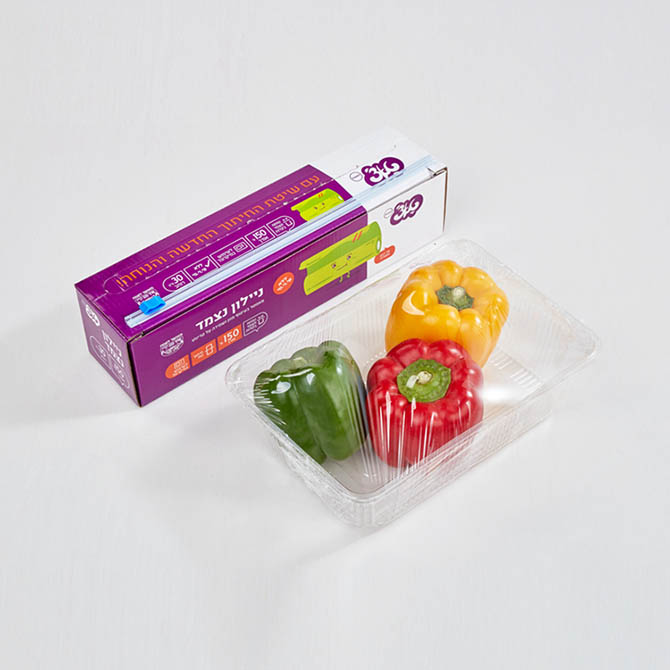
Retail market: Polyethylene Food Wrap in colorful boxes is ideal for the retail market. Its attractive appearance helps to interest customers and increase sales in supermarkets or food stores.
Home Kitchen: Polyethylene Food Wrap in color boxes is the most widely used and common in home kitchens, and it is also very practical. It is both convenient to use and store, making it suitable for use in kitchen environments where space is limited.
Brand promotion activities: This form of packaging can also be used for brand promotion activities such as giveaways, promotions and special events to attract more consumers.

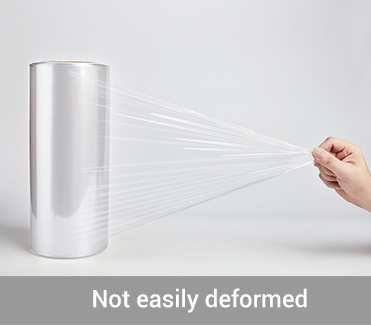
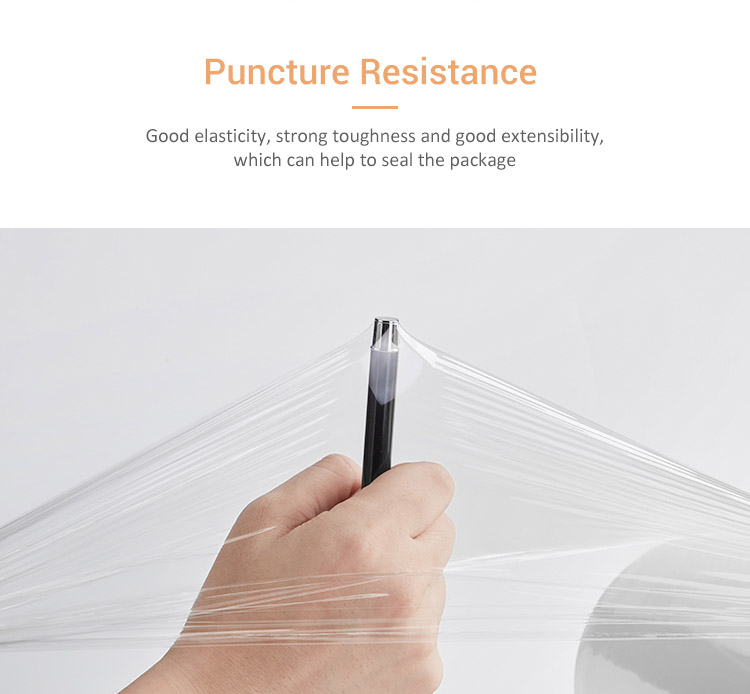
During normal use, users can pull the film out of the box, cut it as needed, and then attach it tightly to the food surface to ensure effective sealing.
The design of the color box is cost-effective and convenient for storing plastic wrap. The design of the color box may increase the manufacturing cost of the product. The design and production of the color box requires costs, but it will not increase significantly. But specific prices vary by brand and market.
The color of the color box usually does not directly affect the performance of Polyethylene Food Wrap, which is a transparent film, but the color selection may be affected by brand promotion and market preferences.
Color boxes are generally designed to be strong and durable, but care is required when handling to avoid accidental tearing or damage.
This depends on the specific product design. It is generally not recommended to use Polyethylene Food Wrap to wrap liquids. Some products may be suitable for packaging liquid foods, but the packaging needs to be secure to prevent leakage.
Polyethylene food wrap, a common material used for packaging and preserving food, plays a crucial role in maintaining food freshness and hygiene. However, concerns often arise regarding its safety when in direct contact with food. This article explores the safety aspects of polyethylene food wrap and strategies employed to mitigate any potential risks.
Polyethylene, a widely used plastic polymer, is known for its versatility and durability. In the context of food packaging, polyethylene food wrap is favored for its ability to create a barrier that prevents moisture loss and protects food from contaminants. It is available in various forms such as cling film, bags, and wraps, tailored to different food packaging needs.
1. Regulatory Compliance
Polyethylene food wrap manufacturers adhere to stringent regulatory standards set by food safety agencies worldwide. These standards ensure that materials used in food packaging do not leach harmful substances into food. Regulatory bodies like the FDA (Food and Drug Administration) in the United States and EFSA (European Food Safety Authority) in Europe provide guidelines and conduct assessments to certify the safety of polyethylene materials intended for food contact.
2. Material Composition
Polyethylene used in food wrap is typically formulated to be food-safe. It undergoes rigorous testing to confirm its suitability for direct food contact. Manufacturers ensure that the material composition meets specific criteria, such as being free from hazardous chemicals like BPA (Bisphenol A) and phthalates, which could potentially migrate into food and pose health risks.
3. Migration Studies
Migration studies are conducted to assess the transfer of substances from polyethylene food wrap to food under normal use conditions. These studies examine factors such as temperature, contact time, and food type to simulate real-world scenarios. Results consistently demonstrate minimal to negligible migration of substances from polyethylene food wrap, affirming its safety for use with food.
1. Use as Intended
Follow manufacturer instructions for proper use and storage of polyethylene food wrap. Use it only for its intended purpose of packaging and preserving food.
2. Avoid Microwaving
While polyethylene food wrap is generally safe for refrigeration and freezer storage, avoid using it in microwaves unless specifically labeled as microwave-safe. Heat can potentially cause the wrap to melt or release substances.
3. Quality Assurance
Choose polyethylene food wrap from reputable suppliers who prioritize quality and safety in their manufacturing processes. Look for certifications and compliance with food safety standards to ensure reliability.
4. Eco-Friendly Options
Consider eco-friendly alternatives to traditional polyethylene food wrap, such as biodegradable or compostable wraps made from renewable sources. These options minimize environmental impact while maintaining food safety standards.
Polyethylene food wrap continues to be a reliable choice for food packaging due to its effectiveness and affordability. When used correctly and sourced from reputable manufacturers, it poses minimal risk to food safety. Regulatory oversight and continuous advancements in material technology ensure that polyethylene food wrap meets stringent safety standards, providing consumers with peace of mind regarding their food's integrity and safety.
In summary, while concerns about plastic packaging persist, polyethylene food wrap remains a safe and practical solution for preserving food quality and freshness.
Previous: Clear Plastic Wrap